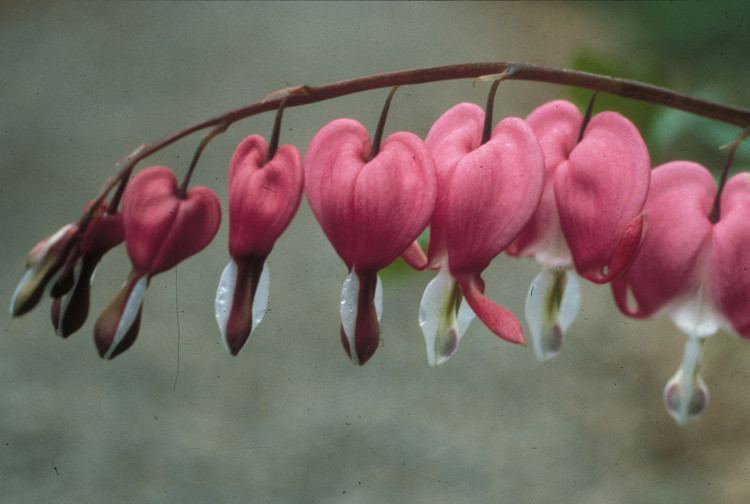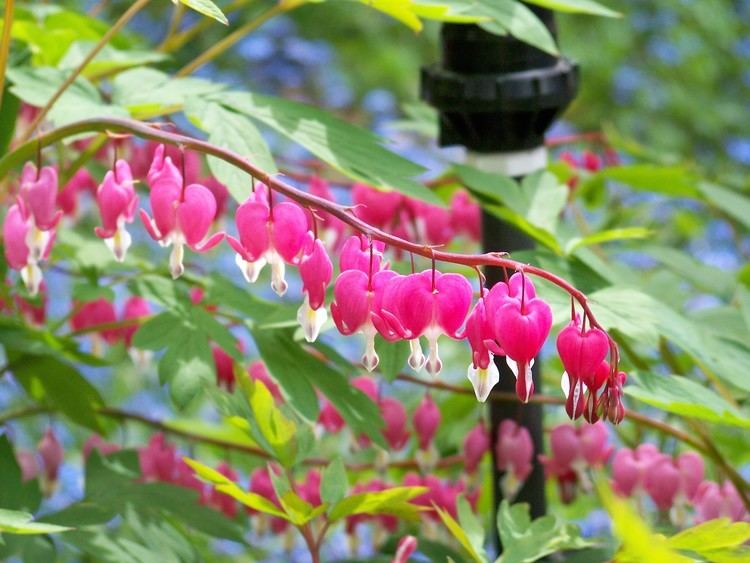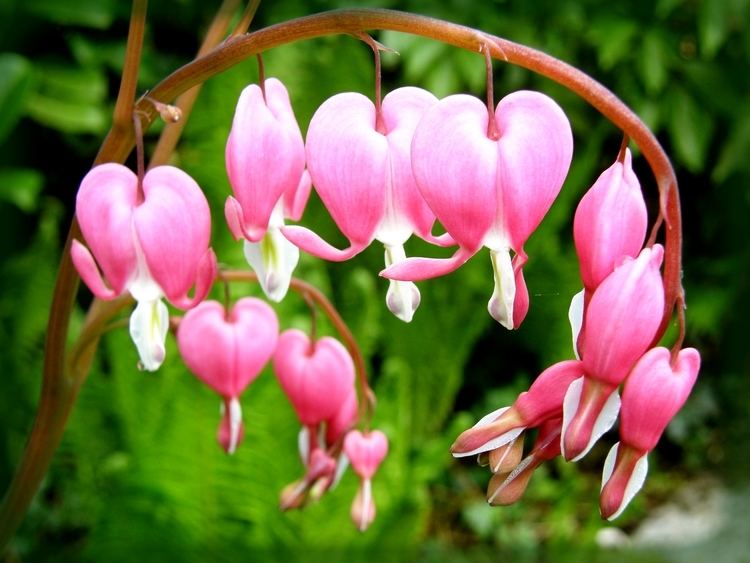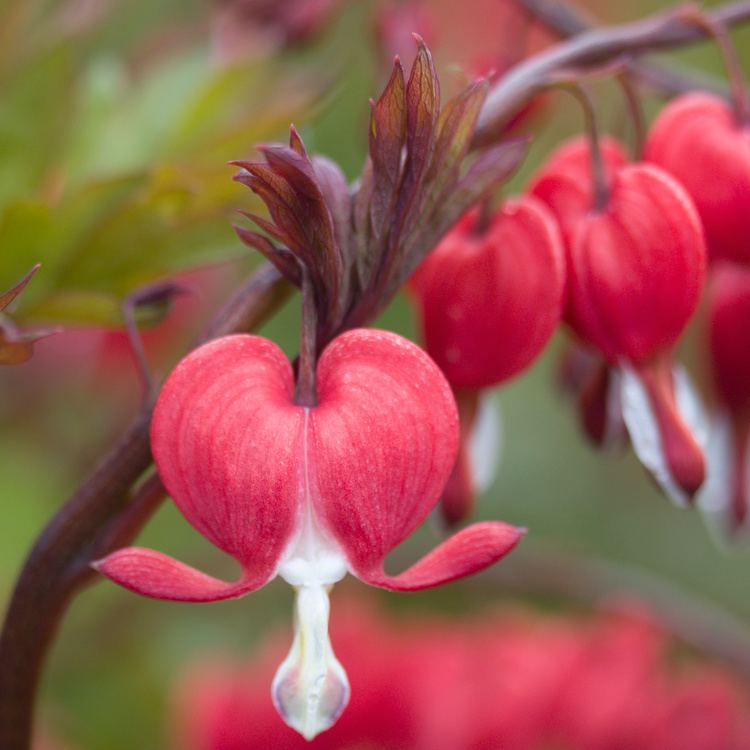Tribe Fumarieae Scientific name Lamprocapnos spectabilis Rank Species | Subtribe Corydalinae Higher classification Lamprocapnos | |
 | ||
Similar | ||
Bleeding heart dicentra spectabilis lamprocapnos spectabilis how to grow bleeding heart
Lamprocapnos spectabilis (bleeding heart or Asian bleeding-heart) is a species of flowering plant in the poppy family Papaveraceae, native to Siberia, northern China, Korea and Japan. It is the sole species in the monotypic genus Lamprocapnos, but is still widely referenced under its old name Dicentra spectabilis (now listed as a synonym). It is valued in gardens and in floristry for its heart-shaped pink and white flowers, borne in spring.
Contents
- Bleeding heart dicentra spectabilis lamprocapnos spectabilis how to grow bleeding heart
- Description
- History
- Cultivation
- Cultivars
- Toxins
- References

Other common names include "lyre flower" and "lady-in-a-bath".
Description

Asian bleeding-heart grows to 120 cm (47 in) tall by 45 cm (18 in) wide. It is a rhizomatous herbaceous perennial with 3-lobed compound leaves on fleshy green to pink stems. The arching horizontal racemes of up to 20 pendent flowers are borne in spring and early summer. The outer petals are bright fuchsia-pink, while the inner ones are white. The flowers strikingly resemble the conventional heart shape, with a droplet beneath - hence the common name. The pure white-flowered 'Alba', somewhat more robust than the species, is a popular cultivar.
The plant sometimes behaves as a spring ephemeral, going dormant in summer.
History

The first specimens were introduced to England from Asia in the 1840s by the Scottish botanist and plant hunter Robert Fortune.
Cultivation

In a moist and cool climate, it will grow in full sun, but in warmer and drier climates it requires some shade.
Aphids, slugs and snails sometimes feed on the leaves.

Clumps remain compact for many years and do not need dividing. They have brittle roots which are easily damaged when disturbed. Root cuttings should be taken in spring.
Seeds with whitish elaiosomes are borne in long pods. They must be sown while fresh. Division should be done in the late fall (autumn) or early spring.
Cultivars
Several cultivars have been selected. 'Alba' has white flowers, and 'Gold Heart', introduced from Hadspen Garden, England, in 1997, has yellow leaves.
The species and the cultivar 'Alba' have gained the Royal Horticultural Society's Award of Garden Merit.
Toxins
Contact with the plant can cause skin irritation in some people from isoquinoline-like alkaloids.
